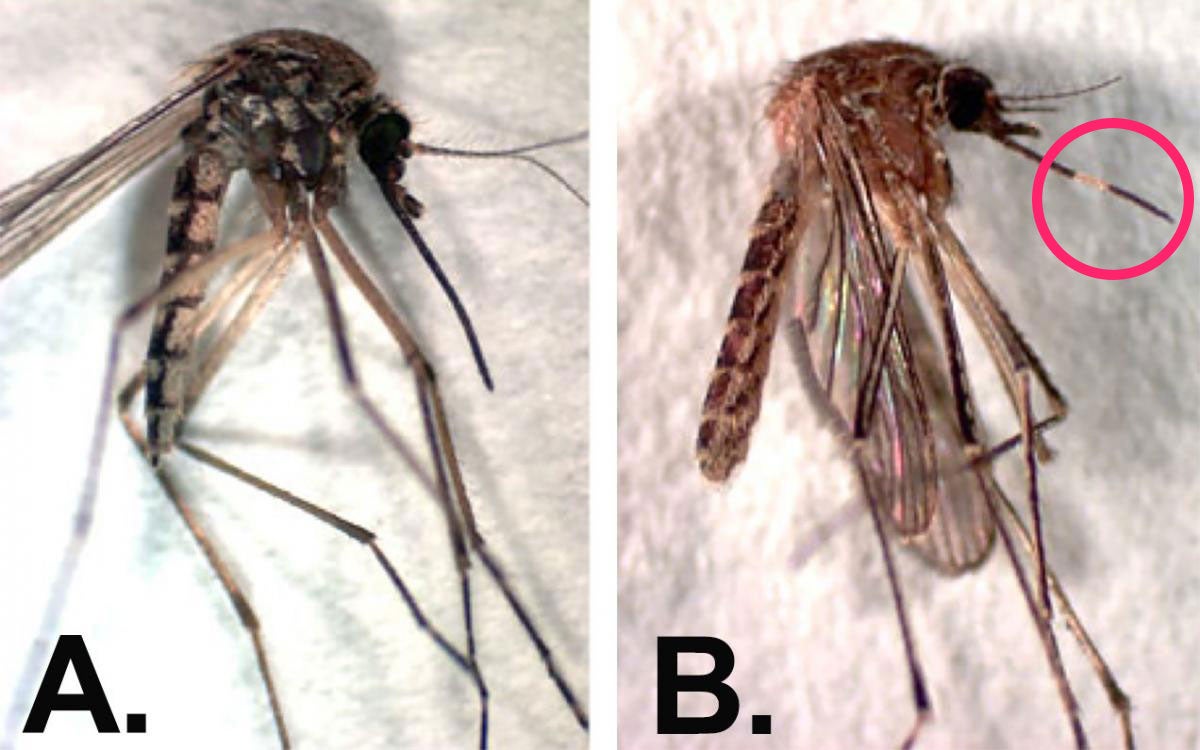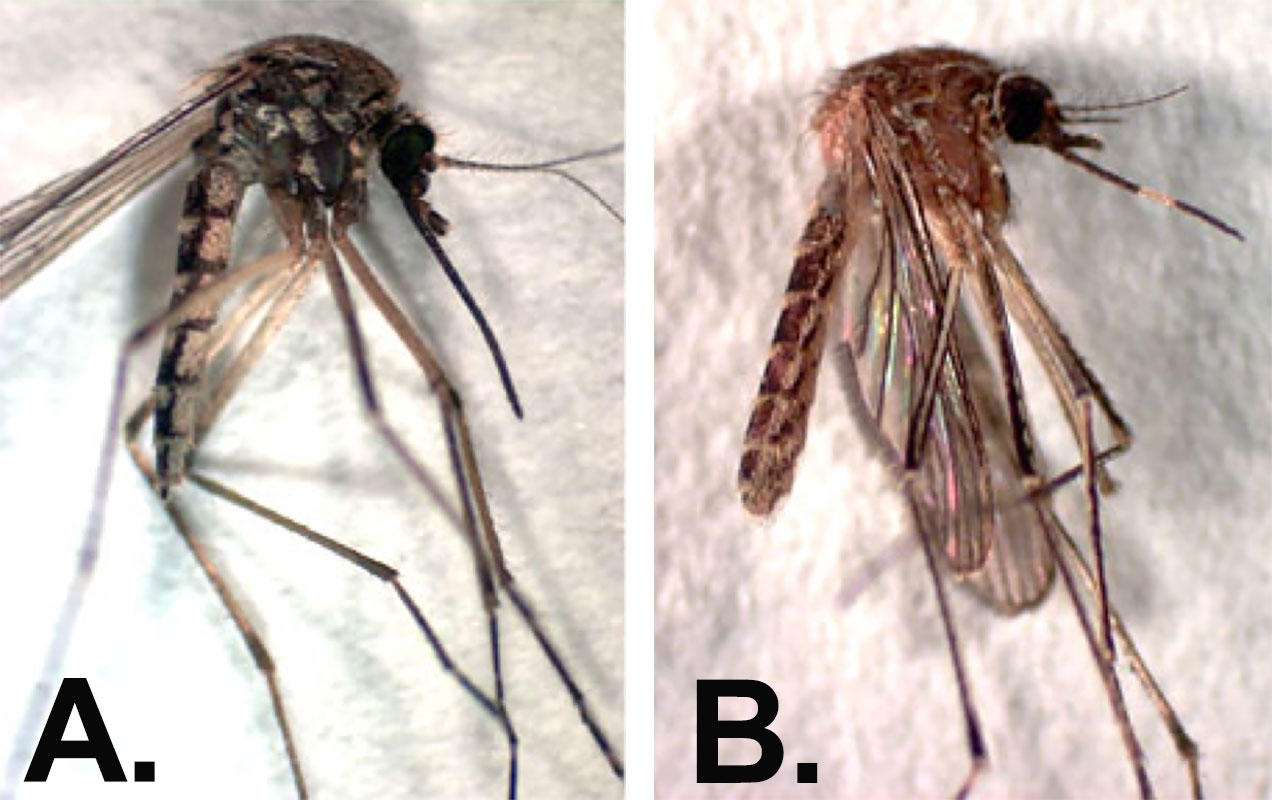Search

Protecting Yourself From Ticks
During wet springs, tick populations tend to thrive in South Dakota. These parasitic arthropods require blood to fulfill their nutritional needs and commonly use humans as a host. Some ticks can also carry bacterial diseases that are a threat to human health.

Late Plant Crop Insurance Dates
Crop insurance late plant dates are fast approaching for planting small grains in South Dakota. Late plant dates for corn, soybean, and sunflower are nearing as well. Producers will want to work with their crop insurance agent to explore planting options and reporting of prevent plant areas.

Soybean Growers Sought for On-Farm Research Program
We want you! SDSU Extension and the South Dakota Soybean Research and Promotion Council are seeking South Dakota Soybean Growers willing to participate in a farmer-led on-farm research program.

Wet Feet in Wheat
Given the widespread wet conditions present this spring, there are many areas in winter wheat fields with both ponding and saturated (or waterlogged) soils. Producers may want to consider soil conditions and evaluate extended weather forecasts when deciding whether or not to retain a winter wheat this spring.

South Dakota Herbicide Damage
As the spray season starts, it is always good to be aware of resources and testing facilities where you can send in possible herbicide-affected plant samples. SDSU Extension offers suggestions on how to handle possible herbicide damage situations as well as recommended labs that receive plant matter samples to test for herbicide residues.

Be Ready for Mosquitos
With the very wet 2019 spring and recent rains, it inevitable that mosquito populations will be high this year. Although there are over 20 species of mosquitoes that call South Dakota home, there are really only two species that account for the majority of observed individuals.

Soybean Production: Cost-effective pest management practices
Chemicals were one of the most expensive individual costs in soybean production, behind only to seed in the non-land cost category. The average cash-rent soybean production farms incurred a crop chemical cost of $39/ac in 2015, an 88% increase from 2010.

Cover Crops & Livestock Integration: A Profit Opportunity for S.D. Farms
Cover crops have been gaining a reemerging acceptance over the last decade, with very few producers disagreeing about the potential soil health benefits of adding cover crops to their farming operation.

Know Your Mosquitoes to Protect Yourself
Mosquito trapping efforts across the state in the last seven years showed that there are over 20 species of mosquitoes occurring in South Dakota, yet only two species dominate the surveillance data: Aedes vexans and Culex tarsalis.

SDSU Extension booth at 2023 Dakotafest to feature livestock, soil and range experts
August 07, 2023
South Dakota State University Extension experts will be at the 2023 Dakotafest to provide information on a range of agricultural and economic issues, from the use of prescribed fire to livestock to weed and soil management.